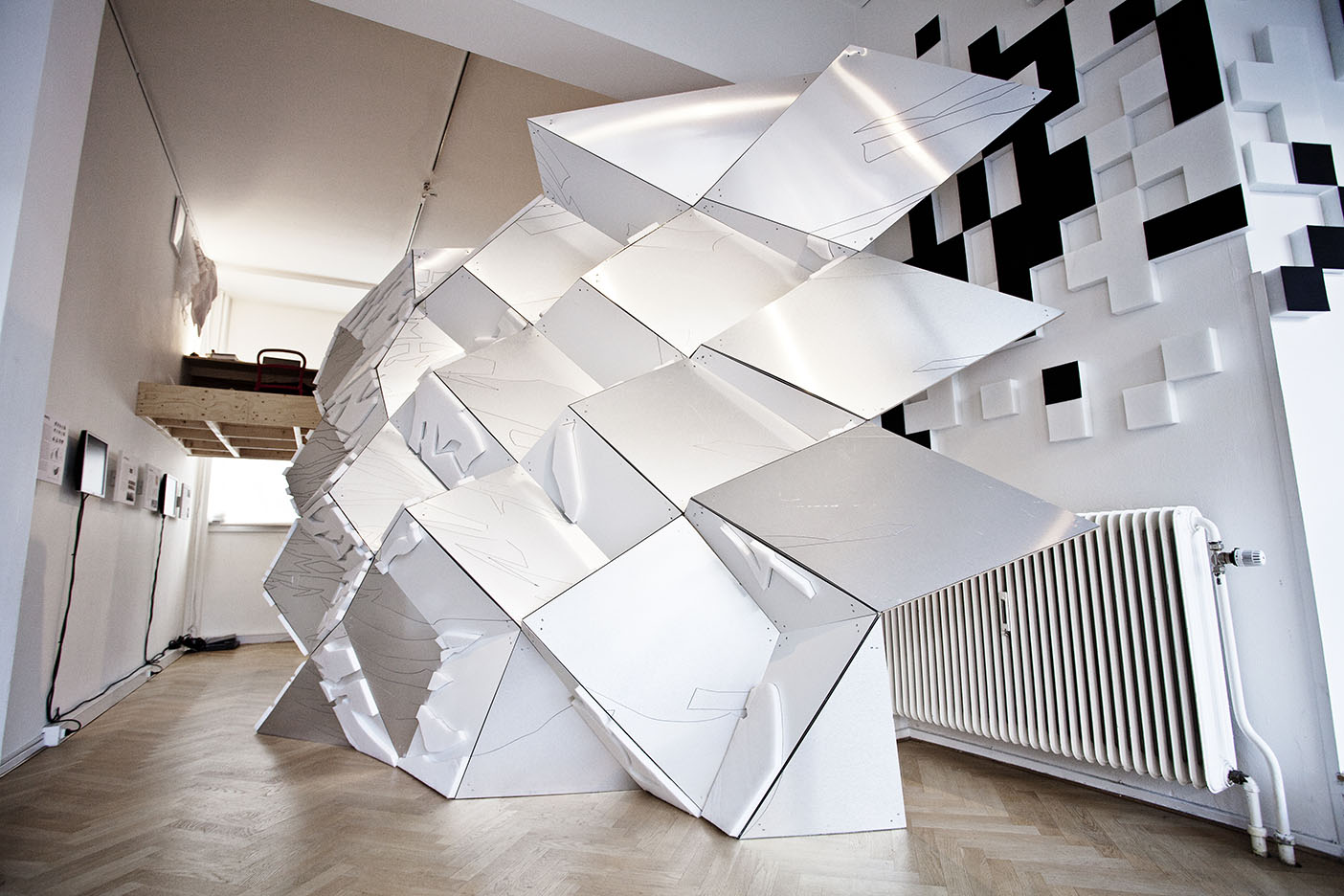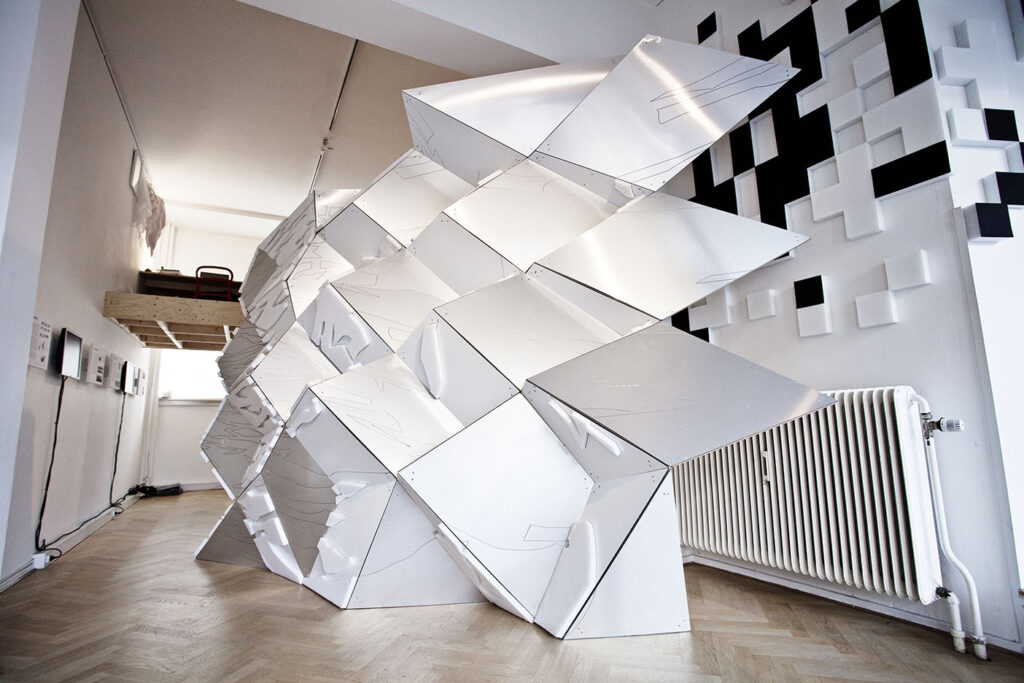
Table of Contents
Introduction
There is no such thing as sound absorbing art. Sound absorption is a complicated process that involves certain principles that can not be addressed using the search term sound absorbing art. Sound absorption can be divided into two main categories. We have low frequency sound absorption and then in category two we have middle and high frequency absorption. Low frequency absorption treats energy strongly below 125 hz. Middle and high frequency energy is over 125 hz.
Lower frequency energy is called wave energy. Waves of energy oscillate through your room like ocean waves off of the North Shore. Middle and higher frequency energy is called ray energy. It is a straight line energy form that does not oscillate like low frequency wave energy. It is shorter and straighter in wavelength and waveform. Think of middle and high frequency ray energy more like sunshine.
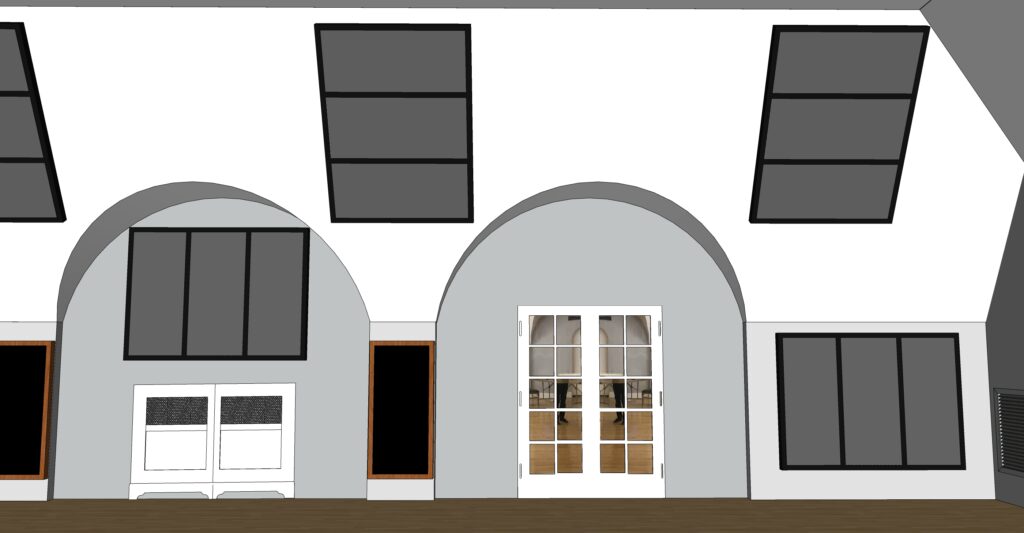
Addressing Low Frequency Distortion
In any small room, it is a battle between wave and ray energy. Wave energy is long in length and tall. A 40 hz., low frequency wavelength is 28′ long. How is a 28′ wavelength going to fit under our 8′ ceilings? It will not and when it doesn’t it causes the air between the floor and ceiling to move. This “moving air” produces audible distortion called room modes.
Room modes can exaggerate certain frequency and octave bands or completely eliminate others. Room modes are the most powerful of all the room distortions. They must be treated. Room modes are unwanted low frequency pressure between the floor and ceiling, sidewall to sidewall, and front to back surface areas that make up a small room.
They are everywhere. You must treat the source of the mode which is the particular room dimension. Each wall distance produces a different frequency and amplitude modal issue. There is no sound absorbing art that will treat these lower frequency issues. You must use diaphragmatic absorption.
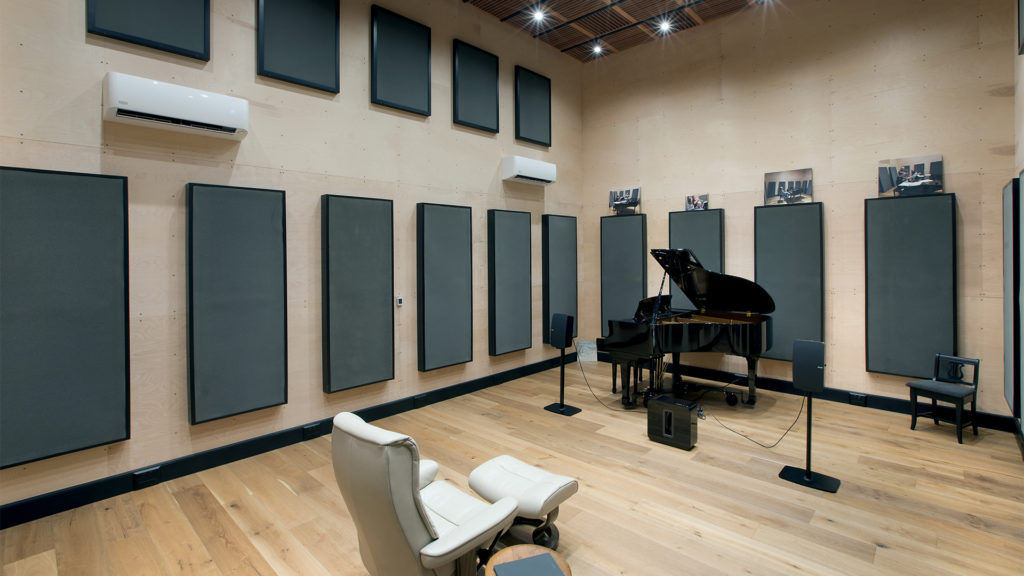
Balancing Aesthetics and Acoustic Functionality
The reason most people would search for the term sound absorbing art is they don’t like the appearance of wall panels. This is understandable since treating reverberation times in rooms requires that a large amount of each wall and maybe the ceiling be covered with sound absorbing panels. If there was a sound absorbing panel that was sound absorbing art that may be a marketable product.
However, due to the subjectivity of art and the requirements of the “art” to perform a sound absorption function and do it at the proper rate and level which is a requirement for music and voice would be difficult. The best available today in sound absorbing art is a wood panel with a fabric covering. There are over 50 fabrics to choose from.
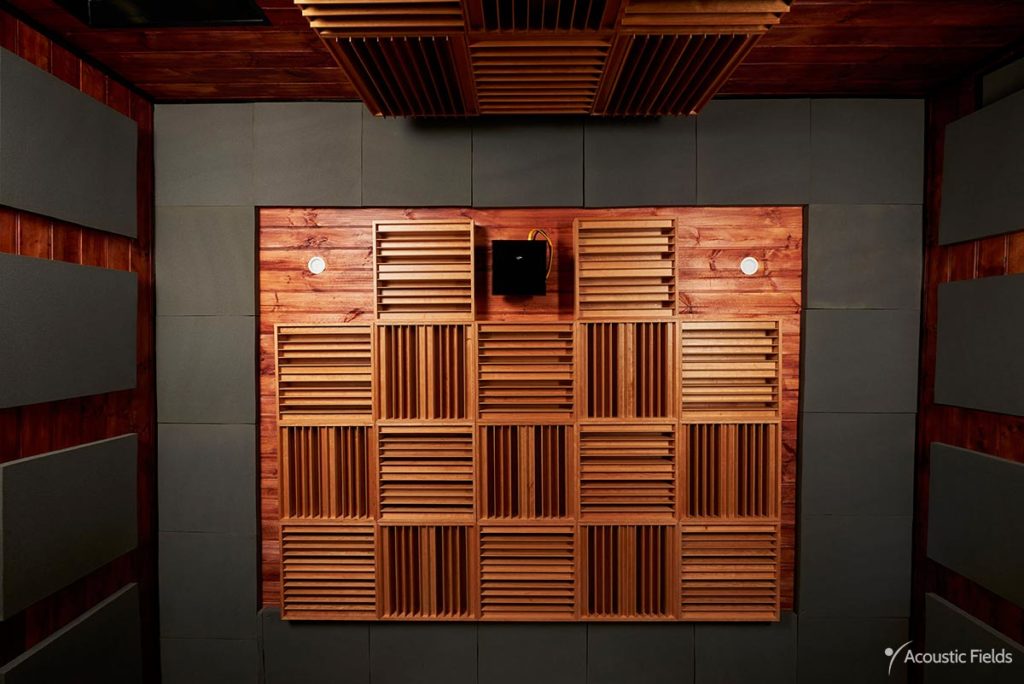
Managing Reverberation
The reason for sound absorbing material of any type is to treat the issue called reverberation. Reverberation is defined as how long a sound stays around within the room after it has been sung, spoken, or played. It is a measure of the decay of the energy within the room. Reverberation is produced by reflections from the wall surfaces. Each surface area within our small rooms contributes about 17% to the total reverberation times.
Reverb times vary with the room size and usage. A vocal room will require a different reverb time than a drum room. High reverb times within a room are sometimes referred to as echo. It is not echo since echo is a repeating signal. Reverberation is an accumulation of the reflections from the four walls, floor, and ceiling. To treat the issue, you must use the proper rate and level of absorption required by music and voice.
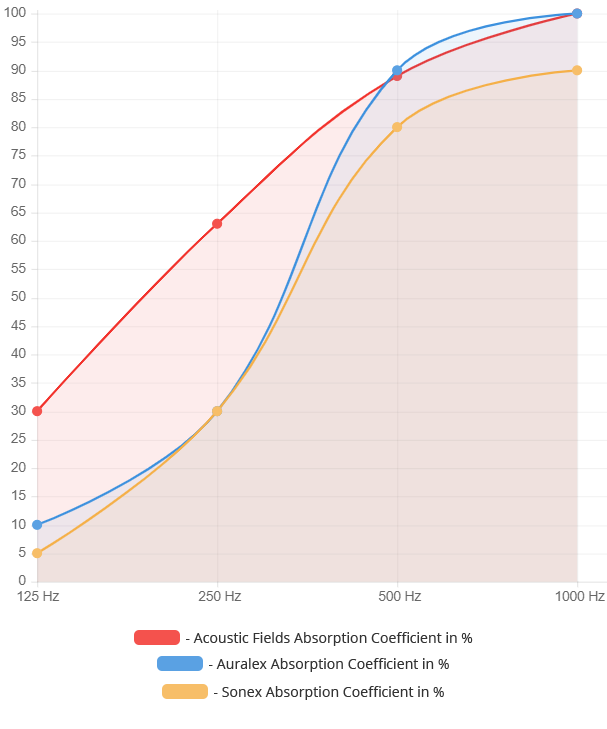
Enhancing Speech and Music Clarity
Music and voice are different from other sounds. Human voice is the easiest to understand of all the sounds since this is how we communicate. We can hear subtle tonal changes and variations in human speech. Reflections from the surface areas mix together and confuse human voice and music. One could say that a high reverb time smothers music and voice, especially voice. With voice, we have what is called a speech intelligibility index. It is a measure of how many words you can hear clearly in a ten word sentence.
The goal in any critical listening environment is to have an SI rating of 8 or higher. A score of 8 means that you can clearly hear 8 out of any 10 words spoken. Music intelligibility is all about reverberation time ranges. Every usage has a range of reverb times that work well for that chosen usage. A live room in a recording studio would be around 1.5 seconds.


